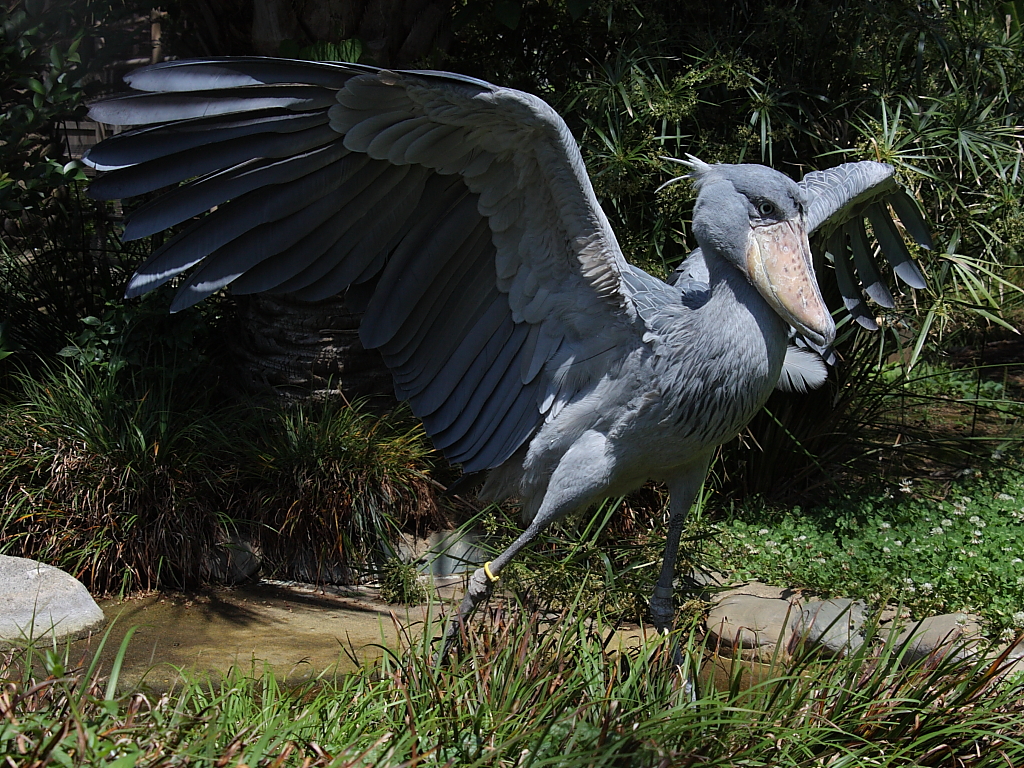Tracking the Shoebill in East Africa – A Birding Adventure of a Lifetime
Tracking the shoebill in East Africa is one of the most rewarding experiences for birding enthusiasts and wildlife lovers. Known scientifically as Balaeniceps rex, the shoebill is one of the rarest and most sought-after birds in the world, thanks to its prehistoric appearance and elusive behavior. East Africa, with its wetlands, swamps, and river deltas, offers the best opportunities to encounter this remarkable bird in its natural habitat.
Where to See the Shoebill in East Africa
Uganda is considered the best country for tracking the shoebill. The Mabamba Swamp on the shores of Lake Victoria is the most famous shoebill hotspot, where birders take canoe rides through papyrus channels to spot this giant bird hunting lungfish and mudfish. Murchison Falls National Park also offers opportunities along the Nile Delta, where the shoebill thrives in marshy environments.
In Rwanda, shoebills can occasionally be spotted in the Akagera wetlands, although sightings are less common compared to Uganda. Tanzania provides another excellent opportunity, especially in the Rufiji River Delta within the Selous Game Reserve, where vast swamps create the perfect habitat for these majestic birds.
The Experience of Tracking Shoebills
Shoebill tracking is usually done by boat or canoe, giving visitors a peaceful yet thrilling adventure. Guided by local experts, you navigate through calm waterways lined with papyrus and reeds, scanning for the shoebill’s unmistakable silhouette. Despite their size, shoebills are surprisingly still and patient hunters, often standing motionless for hours before striking with lightning speed to catch prey.
For bird photographers, tracking this species is a dream come true. The shoebill’s massive shoe-shaped bill, piercing eyes, and slow deliberate movements make for extraordinary close-up shots.
Why the Shoebill is Special
The shoebill is not just another bird; it is a living relic of evolution. Standing up to five feet tall with a wingspan of over eight feet, it is often compared to a prehistoric creature. Its rarity makes it a top target for global birdwatchers, and tracking it in East Africa adds immense value to a safari experience.
Conservation of the Shoebill
Despite its iconic status, the shoebill faces threats from habitat loss and poaching. Wetland drainage for agriculture and unregulated fishing disrupt its ecosystem. Conservation efforts across Uganda, Tanzania, and Rwanda focus on protecting wetlands and working with local communities to safeguard the shoebill and its environment.
Why You Should Track Shoebills in East Africa
Shoebill tracking combines birdwatching, conservation, and adventure into a single unforgettable journey. Whether you glide through the Mabamba Swamp in Uganda, explore the deltas of Tanzania, or visit the marshes of Rwanda, the thrill of spotting this rare bird is unmatched. For anyone passionate about birds, photography, or nature, shoebill tracking in East Africa is a must-have experience on your safari itinerary.





